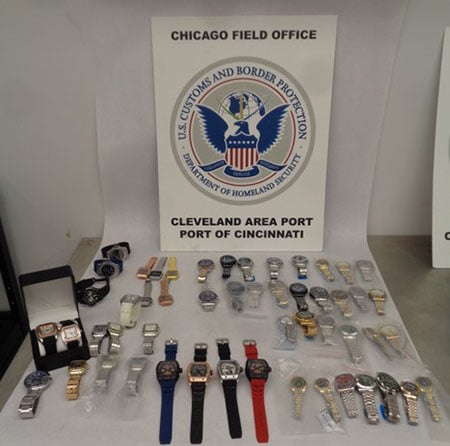By Dr. Ashley Bush
University of Kentucky
Playgrounds can seem like a fun everyday experience for children. Unfortunately, they come with many risks as well, such as playground falls.
On the lower end of playground fall-related injuries, children might get bruises and scrapes. Some more serious injuries may require a trip to the emergency department (ED), like broken bones and traumatic brain injuries (TBIs, i.e., concussions).
Children ages 5-8 experienced the most playground fall-related ED visits from 2016-2023. During that time, Kentucky kids averaged about 2,000 visits to EDs due to playground falls.

School playgrounds are the most common location for playground falls resulting in ED visits. Home and public park playgrounds had the next-highest percentage of fall-related injuries.
The most common areas injured for children were the legs and arms (72%) then the head and neck area (22%). Over half of these injuries seen in the ED were fractures, followed by superficial injuries and open wounds.
Every year from 2016 to 2023, Kentucky has averaged 61 ED visits for playground-related traumatic brain injuries. For good concussion management and maximizing positive outcomes, check out Kentucky’s REAP Program.
Keeping track of kids on the playground can be a difficult task, so use the following checklist as a tool to keep your children protected. Try to stay engage and attentive to your child when at play. It is always good to inspect the playground equipment to help keep your kids protected.
• Does the area surrounding the playground have at least a foot of mulch, sand, wood chips, etc. to protect against falls?
• Look for any fasteners, sharp points, edges, and hardware that are sticking out from the equipment.
• Look for tripping hazards including concrete, rocks and tree roots.
• Make sure all elevated surfaces have a railing to prevent injury.
• Teach children to safely use the playground equipment, such as going down the slide feet first.
• Provide first aid should an injury occur.
There can be other risks depending on the time of year. In the summer, metal equipment can cause contact burns if it is hot enough outside. In the winter and spring months, snow or rain can cause equipment to be slippery.
Specific equipment also requires extra safety measures. Check playground equipment regularly. While most might think a swing, slide or jungle gym is the most common source of injury, it’s actually other equipment on the playground.
Playgrounds provide fun and exercise for both children and parents, however, some precautions need to be taken to play safe.
Dr. Ashley Bush, DrPH, is a research program administrator with the Kentucky Injury Prevention and Research Center.





















